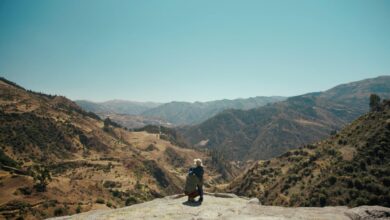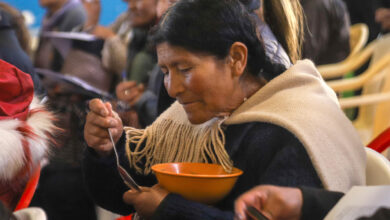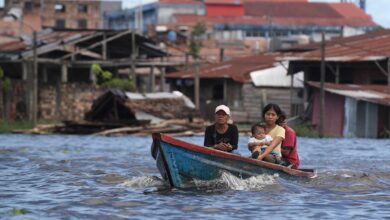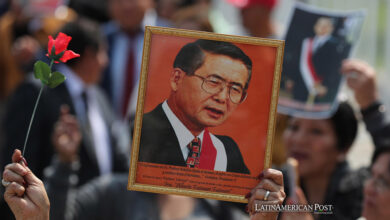Preserving Peru’s Heritage from Seismic Challenge

In Peru, 65% of national heritage buildings teeter on the precipice of destruction due to seismic threats. The Peruvian government’s proactive ‘Plan of Action for Earthquake Risks to National Historical Heritage 2024-2025’ exemplifies a vital, region-wide initiative to protect Latin America’s irreplaceable cultural legacy from the ravages of natural disasters.
With its rich tapestry of history and culture, Peru is a microcosm of Latin America’s broader struggle against the relentless forces of nature. The recent revelation that a significant portion of its cultural heritage is vulnerable to seismic activities has spurred the Peruvian government into action, leading to the development of a comprehensive plan to safeguard these historical treasures.
The threat of seismic destruction is not unique to Peru; it is a widespread concern across earthquake-prone Latin America. Countries like Mexico, Chile, and Colombia share this predicament, with numerous historical structures at risk. These buildings are architectural wonders and repositories of a rich historical narrative stretching centuries.
Peru’s Comprehensive Safeguard Strategy
In Peru, the Plan of Action for Earthquake Risks to National’ Historical Heritage 2024-2025′ is structured around three critical phases: risk reduction, response, and recovery. This tripartite approach reflects a holistic strategy encompassing preventive measures, emergency response protocols, and long-term recovery and restoration efforts.
The initial phase focuses on preemptive measures, offering technical support to various stakeholders, including government officials, property owners, and heritage site managers. This phase is crucial for establishing a solid foundation of knowledge and resources to mitigate the potential impact of seismic events on these historic structures.
The second phase kicks in post-disaster, prioritizing rapid communication and action to assess and secure the affected heritage sites. This swift response is vital to protect not only the structural integrity of the buildings but also the safety of the inhabitants and the personnel involved in the evaluation and preservation efforts.
The final phase deals with the aftermath, focusing on direct interventions to repair and restore the damaged properties. This includes conducting thorough damage assessments, implementing emergency repairs, and formulating detailed recovery plans to ensure the long-term preservation of these cultural landmarks.
Peru boasts nearly 5,000 structures designated as national cultural heritage, with a significant number located in seismic hotspots like Lima, Arequipa, and Cuzco. These sites embody Peru’s diverse cultural and historical legacy but face previous challenges, including physical degradation, maintenance neglect, and the ever-present threat of seismic damage.
Challenges in Conservation and Restoration
The conservation of these heritage sites needs to be improved. Many buildings, especially those from the colonial period, have been in disrepair for decades, with previous restoration efforts falling short of their preservation needs. The government’s plan underscores the urgency of the government’s solutions to these longstanding issues.
Peru’s proactive approach serves as a model for oPeru’satin American countries grappling with similar seismic threats to their cultural heritage. By sharing insights, methodologies, and technologies, nations can collectively enhance their capabilities to protect their historical sites from natural disasters.
The Importance of Global and Local Participation
Practical heritage preservation in the face of seismic risks requires collaboration at both global and local levels. International organizations, local governments, communities, and experts must work together to develop and implement strategies that balance historic preservation with modern safety standards.
Looking ahead, safeguarding cultural heritage in seismic-prone areas will be complex and ongoing. It demands continuous research, innovation, and adaptation to emerging threats and technologies. Peru’s plan, with its comprehensive and phased plan, offers a hopeful path forward, not only for the nation but for all of Latin America.
Also read: Vallejo Reimagined in Peru’s Indigenous Tongues
In summary, the Peruvian government’s initiative to protect its cultural government from seismic threats is a critical step in a region where the beauty of history often stands on shaky ground. This plan aims to preserve the physical structures and maintain the nation’s cultural identity and historical continuity. As Latin America faces the challenges of natural disasters, collaborative efforts like Peru’s action plan are essential in ensuring that Peru’s rich cultural heritage endures for future regions to marvel at and learn from.





